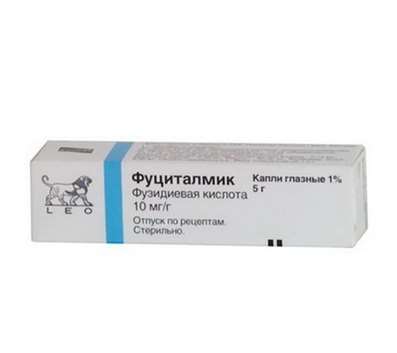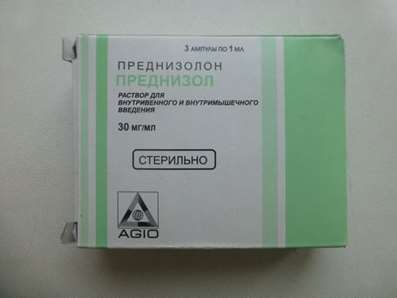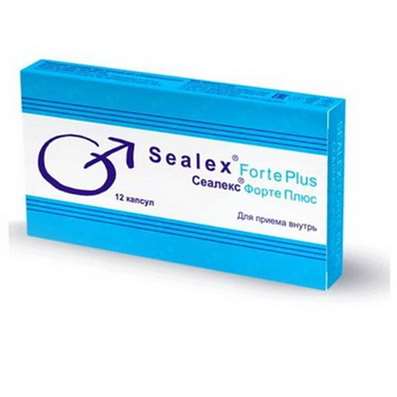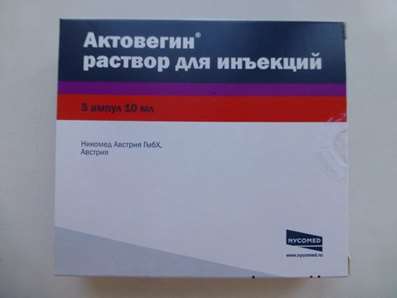About non-alcoholic delirium
09 Jun 2017
And one more article, which is now not available to a person who is not a doctor, on the medical portal, so I post it here completely.

With the regularity of the occurrence of alcoholic delirium more and more familiar to one degree or another: prolonged drinking, a sharp break (not necessarily, but in the classics - just so), a few days - and now the patient is visiting a fairy tale. The special brigade of ambulance and narcotics to such comrades have already ceased to be surprised. Although sometimes there is something completely out of the ordinary.
Less known are other types of delirium: vascular (against a background of a vascular accident, a heart attack or stroke), traumatic (against a strong craniocerebral injury), infectious (occurs at elevated temperature, especially in individuals with alcoholic history), delirium collapse (also infectious , But occurs even with a sharp drop in body temperature after its increase), senile (observed with senile dementia). A separate topic is delirium in poisoning: tetraethyl lead with passion for gasoline, dichlorvos in beer, with love for special cocktails, cocaine with the availability of the means to smell to subcutaneous cockroaches.
And we will talk in more detail about delirium of medicamentous, about what medicines can cause them.
Here, for example, atropine sulfate. There is, however, a technique in which the development of atropine delirium is not a surprise, but a natural and expected stage of treatment. This atropinokomatoznaya (it is atropine shock) therapy. Quite widespread it was when the heroin abstinence syndrome was stopped: the patient was injected with atropine until the appearance of multicolored mice, cockroaches, or some other trifle, and in delirium he spends some time until abstinence disappears. Communicating with a colorful microfauna is so fascinating that there is no time to think about breaking and breaking - not at the time of delirium, nor, even more so, after it. In everyday practice, cases of atropine delirium are described (and not in isolated cases) in ophthalmologists - guess why? That's right, precisely because the drug is used in their work quite widely, and cases of overdose, despite all the precautions, still happened.
Next - ketamine drugs, which are used for short-term anesthesia (ketamine, ketalar, calypsoal). Here for clinical examples, there is no need to go far - more than enough to visit a nearby abortion. Both the staff and the patients themselves will tell you a lot of things that Stanislav Grof did not have to observe in his experiments with LSD.
Quite interesting from the point of view of a curious delirion, medicines used to treat extrapyramidal neurological disorders: Parkinson's disease, and also (in psychiatric practice) for relief of neuroleptic syndrome. In other words, cyclodol and parking. And Taren, he is the preventive antidote P-6, which was part of the kit of individual AI-1 as a means of poisoning with organophosphorous poisoning substances. They are difficult to overdo accidentally (although there are precedents), but the craftsmen will promptly tell you how many tablets must be taken, so that the dwarfs dance on the floor, the sylphs play around the chandelier, the undines in the toilet, the cup of tea begins to melt and spark, and The mirror suddenly, instead of the familiar physiognomy of the beloved self, began to show what Salvador Dali had not dreamed of, even though two bee swarms lead dances around the pomegranate grove.
A somewhat unexpected effect can cause amitriptyline, an antidepressant with a long-lasting flawless history. However, most often he brings alcoholics with experience, staying in a state of medium or heavy hangover. Therefore, to hell with it, with the mood, it is better not to try to correct it by classical means - the patient has more pressing problems. It should be used with caution in the elderly, all for the same reason.
Azaleptin (he's also a clozapine, he's also a closest person), if he's assigned to a person who suffers heroin addiction (often prescribed when a patient complains of persistent insomnia), may well be the cause of delirium. Especially in the event that the patient has not yet refused to take heroin or refused, but the abstinence has not passed. Delirium looks very characteristic: the patient stubbornly searches for supposedly hidden stash with heroin.
The drug, which is so accustomed to that no special tricks from it are not expected - phenazepam. But no, it's not so simple. Do not let God appoint you to a patient over the age of sixty with problem vessels of the brain. Quite high probability that a grandmother or grandfather, instead of peacefully fall asleep, will begin to actively hallucinate. And to behave quite restlessly, which was not assumed at the appointment. And not only phenazepam is at risk: this effect was observed in elderly people with diazepam (sibazone, relium) and other benzodiazepine tranquilizers.
And, finally, nootropics - piracetam and phenotropil. They, too, are capable of causing delirium in the administration of large doses to persons over seventy years of age.
Here is not a complete list of drugs that can acquaint the patient with an alternative reality. Do not be lazy, warn them about this probability - not always on the side of the world we are familiar with is beautiful and cloudless.

 Cart
Cart





